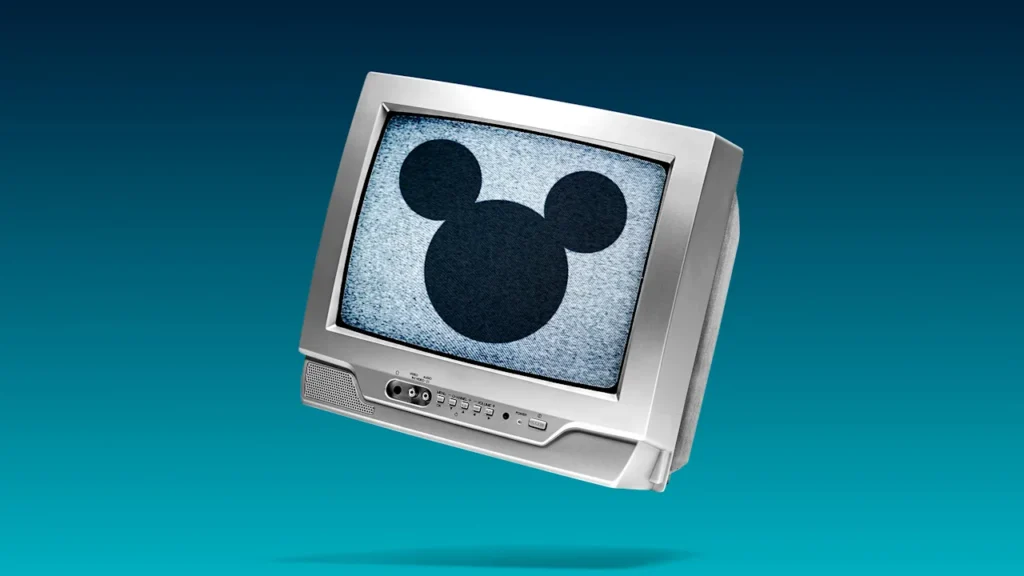
Disney reported $22.46 billion in revenue for the quarter, which just missed analyst expectations and resulted in a 5% drop in premarket trading on Thursday.
The entertainment division—which includes the company’s streaming, linear networks, and theatrical business—saw a 6% drop in revenue.
Streaming did see some gains: Disney+ and Hulu ending the quarter with 196 million subscriptions, an increase of 12.4 million subscribers from the previous quarter.
However, Disney’s linear networks dropped 16% to $107 million, compared to this time last year, while operating income fell 21%. The company’s theatrical releases also saw declines with both the drop in linear networks and theatrical business driving the mixed results.
In a letter to shareholders, the company attributed the decrease in its domestic linear networks to lower advertising fueled by the continued decline in viewership as well as political advertising, which had a $40 million negative impact on results compared to this time last year.
For sports, Disney reported a 2% increase in revenue to $4 billion, while operating income of $911 million, a decrease of $18 million compared to the year before with domestic ESPN operating income declining 3%. The company cited that “higher marketing and programming and production costs” were partially offset by higher advertising and subscription and affiliate revenues. Meanwhile, domestic advertising revenue in sports increased 8%.
The overall decline across linear networks continues to fuel the trend of cord-cutting consumers who are migrating to streaming with ad dollars making a shift that way as well.
The recent quarterly earnings also comes as Disney and Google continue its ongoing carriage dispute which resulted in several of Disney’s networks going dark on YouTube TV. Some analysts estimated that a two week blackout on YouTube could cost Disney about $60 million revenue.
Disney CEO Bob Iger addressed the feud on the earnings call saying that the company is working hard to close the deal: “We’re hopeful that we’ll be able to do so on a timely enough basis to at least give consumers the opportunity to access our content over their platform.”